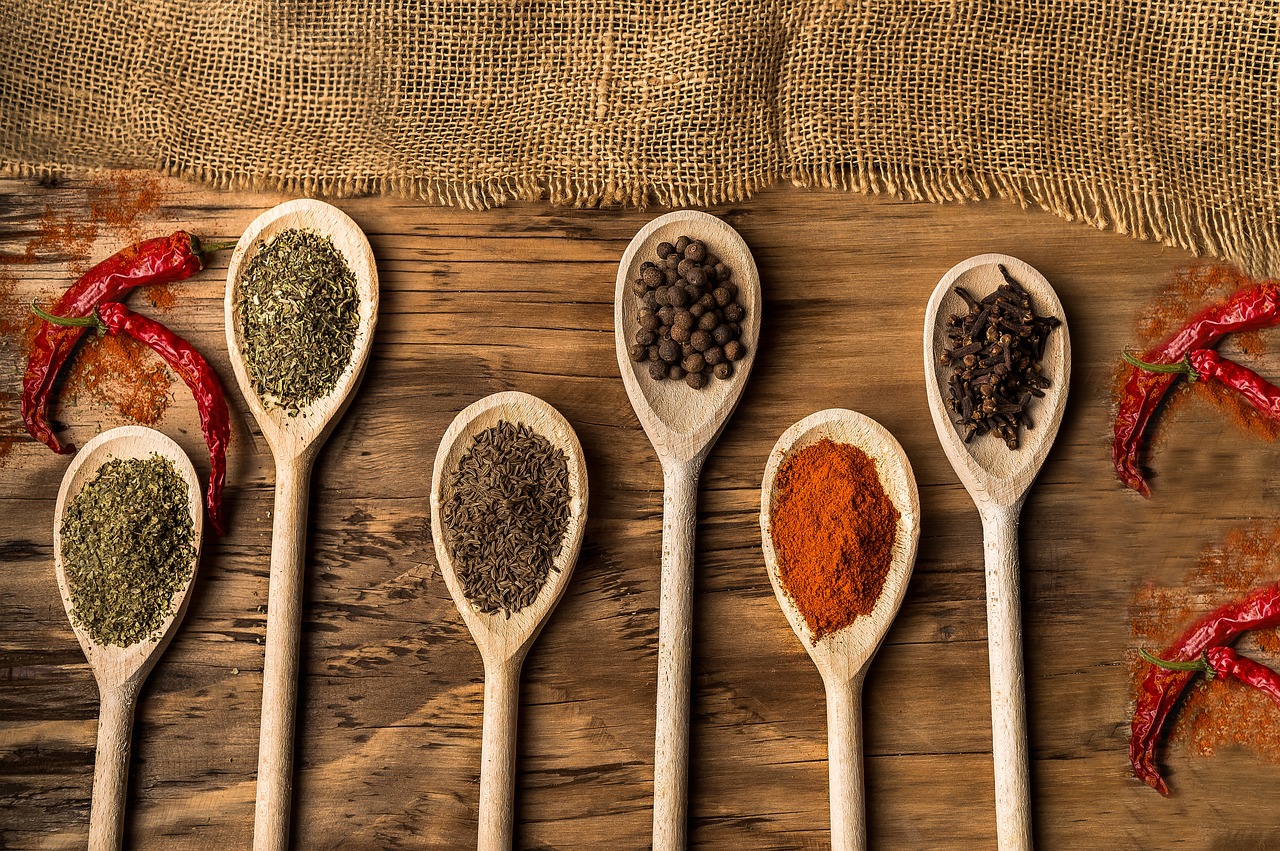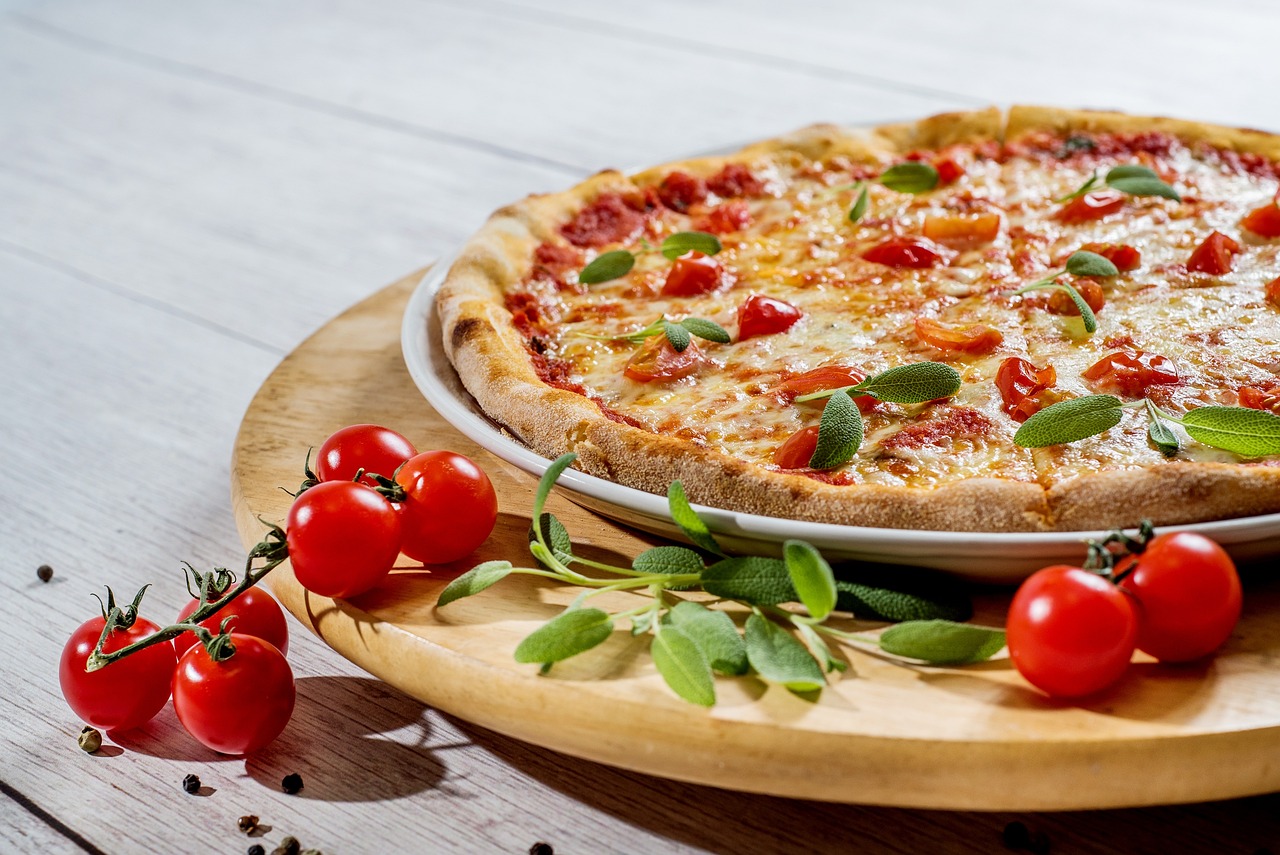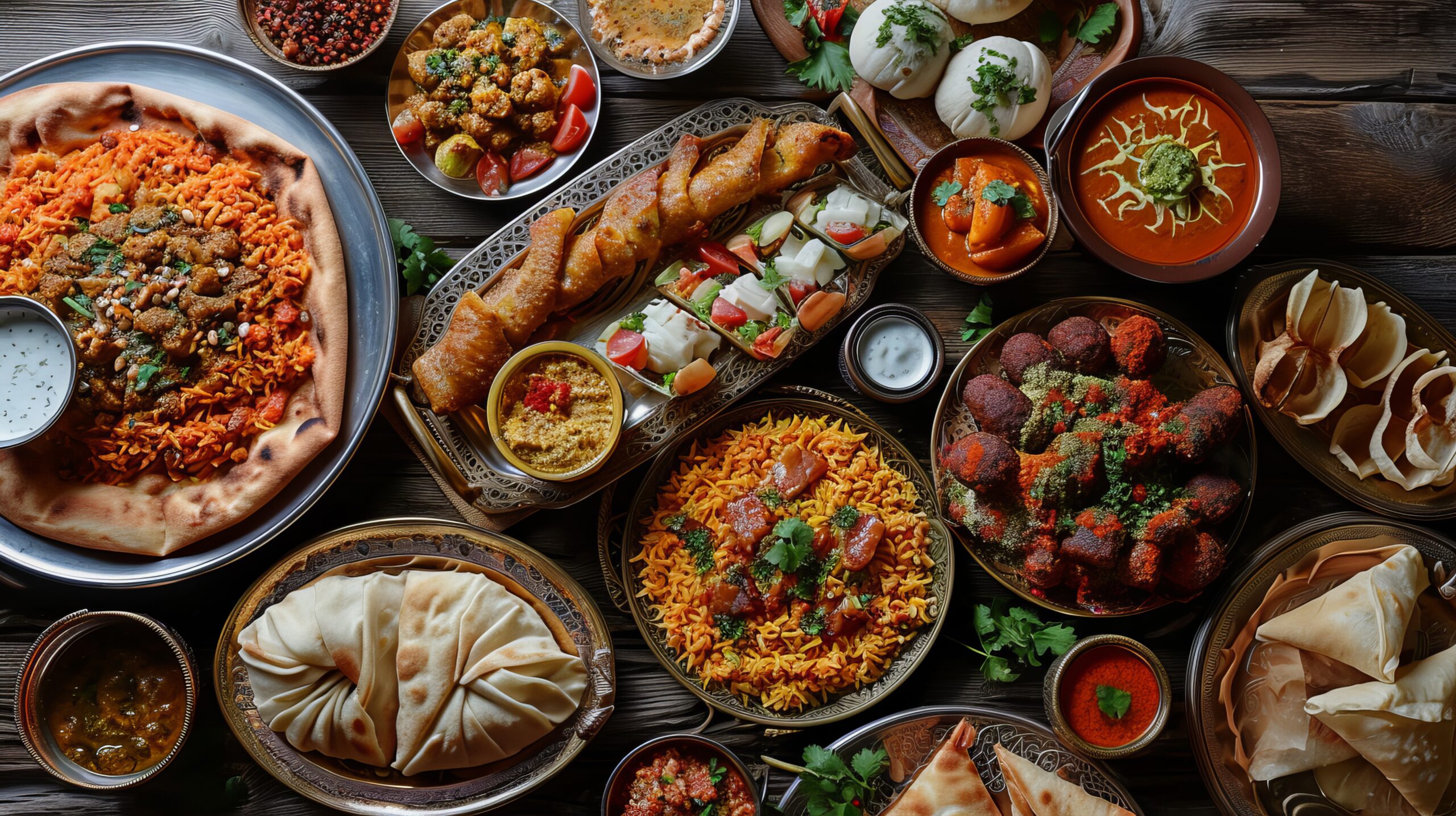A Journey Through Flavor and Culture
Food is more than just sustenance; it is a rich tapestry of culture, history, and artistry. From the steaming bowls of ramen in Tokyo to the spicy street tacos in Mexico City, every dish tells a story. The way we prepare, present, and enjoy food is deeply intertwined with our heritage and personal experiences. In this blog post, we’ll explore the multifaceted world of food, celebrating its role as a universal connector and a creative outlet.

The Cultural Connection
Food is one of the most profound ways to connect with a culture. Every region has its unique flavors and techniques that have been passed down through generations. Take Italy, for example. Italian cuisine is renowned for its simplicity and emphasis on fresh ingredients. Classic dishes like risotto and pasta are crafted with techniques that have been perfected over centuries. Each region within Italy offers its own spin on traditional recipes, reflecting the local produce and cultural influences. Similarly, in India, food varies dramatically from region to region, with each area offering its own array of spices and cooking methods. The rich, complex flavors of Indian cuisine tell a story of trade, migration, and tradition.

The Science of Flavor
Understanding food also means delving into the science of flavor. Our sense of taste is incredibly complex, involving not just the basic tastes—sweet, sour, salty, bitter, and umami—but also our sense of smell, texture, and even our emotional state. Chefs and food scientists use this understanding to create harmonious dishes. For example, the Maillard reaction, a chemical process that occurs when proteins and sugars in food are heated, gives grilled meats their characteristic flavor. Understanding these processes allows chefs to manipulate flavors in innovative ways, leading to new culinary experiences.
The Artistic Expression
Cooking is an art form as much as painting or music. The presentation of food can transform a simple meal into a visual masterpiece. Consider the intricate sushi rolls crafted with precision or the delicate arrangement of a gourmet salad. The aesthetics of food not only enhance our dining experience but also reflect the chef’s creativity and attention to detail. Plating techniques, color contrasts, and garnishes all play a role in making a dish not just a meal but a work of art.

The Joy of Experimentation
One of the most exciting aspects of food is its versatility. The kitchen is a playground where ingredients and techniques can be experimented with to create something entirely new. Fusion cuisine, which combines elements from different culinary traditions, exemplifies this spirit of experimentation. Dishes like Korean BBQ tacos or sushi burritos blend flavors and techniques from diverse cultures, offering exciting new dining experiences. This creativity in the kitchen encourages us to break away from traditional recipes and explore new tastes and textures.
The Shared Experience
Ultimately, food is a shared experience that brings people together. Whether it’s a family dinner, a festive gathering, or a casual meal with friends, sharing food creates bonds and fosters community. The act of preparing and enjoying a meal together can be a deeply fulfilling experience, one that transcends language and cultural barriers. Food has a unique ability to evoke memories, celebrate milestones, and create connections.
In conclusion, food is much more than what appears on our plates. It is a reflection of cultural heritage, a canvas for artistic expression, a playground for scientific exploration, and a catalyst for human connection. As we continue to explore and enjoy the diverse world of food, let’s remember to savor each bite and appreciate the stories and creativity that make every meal special.


